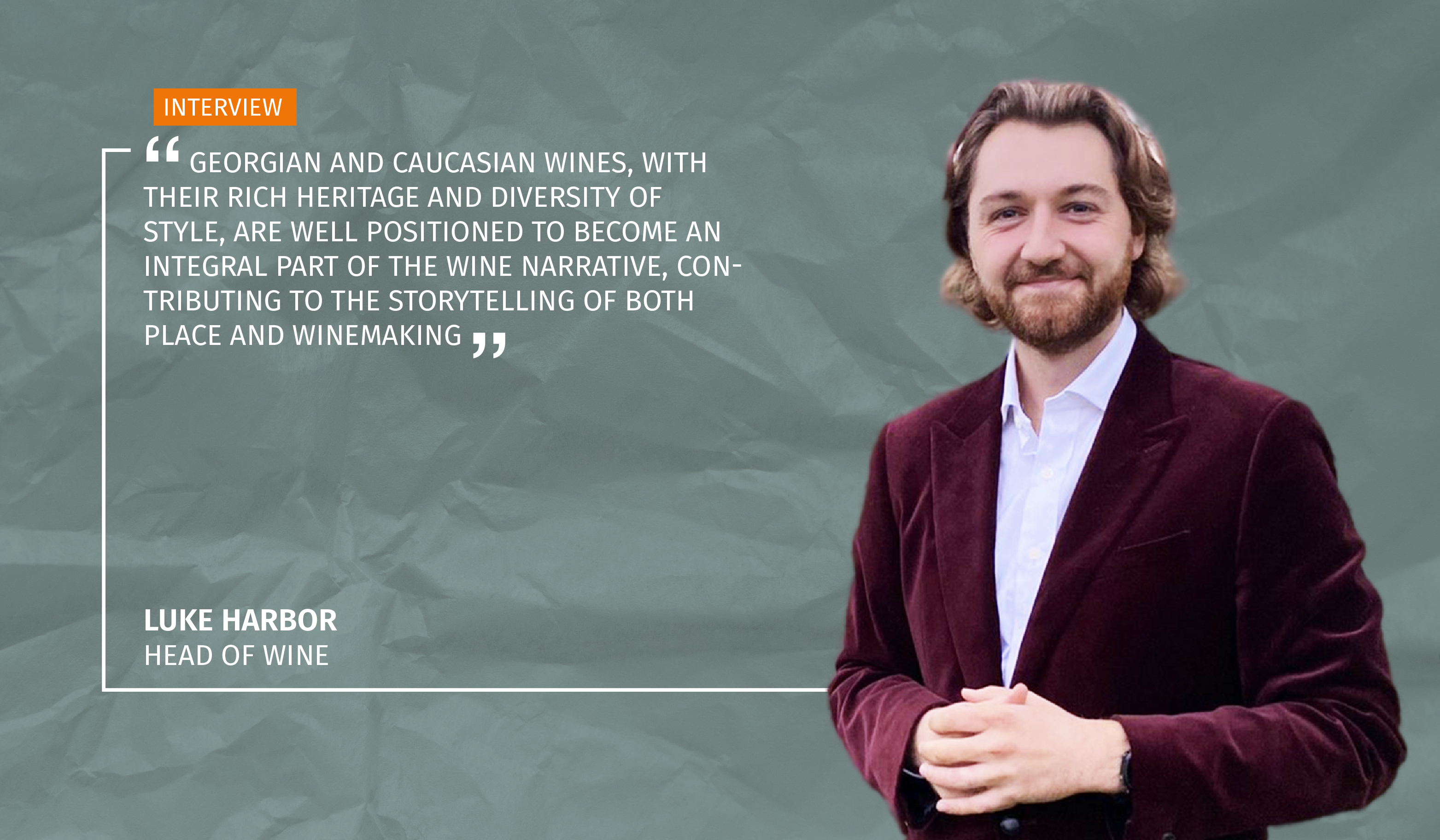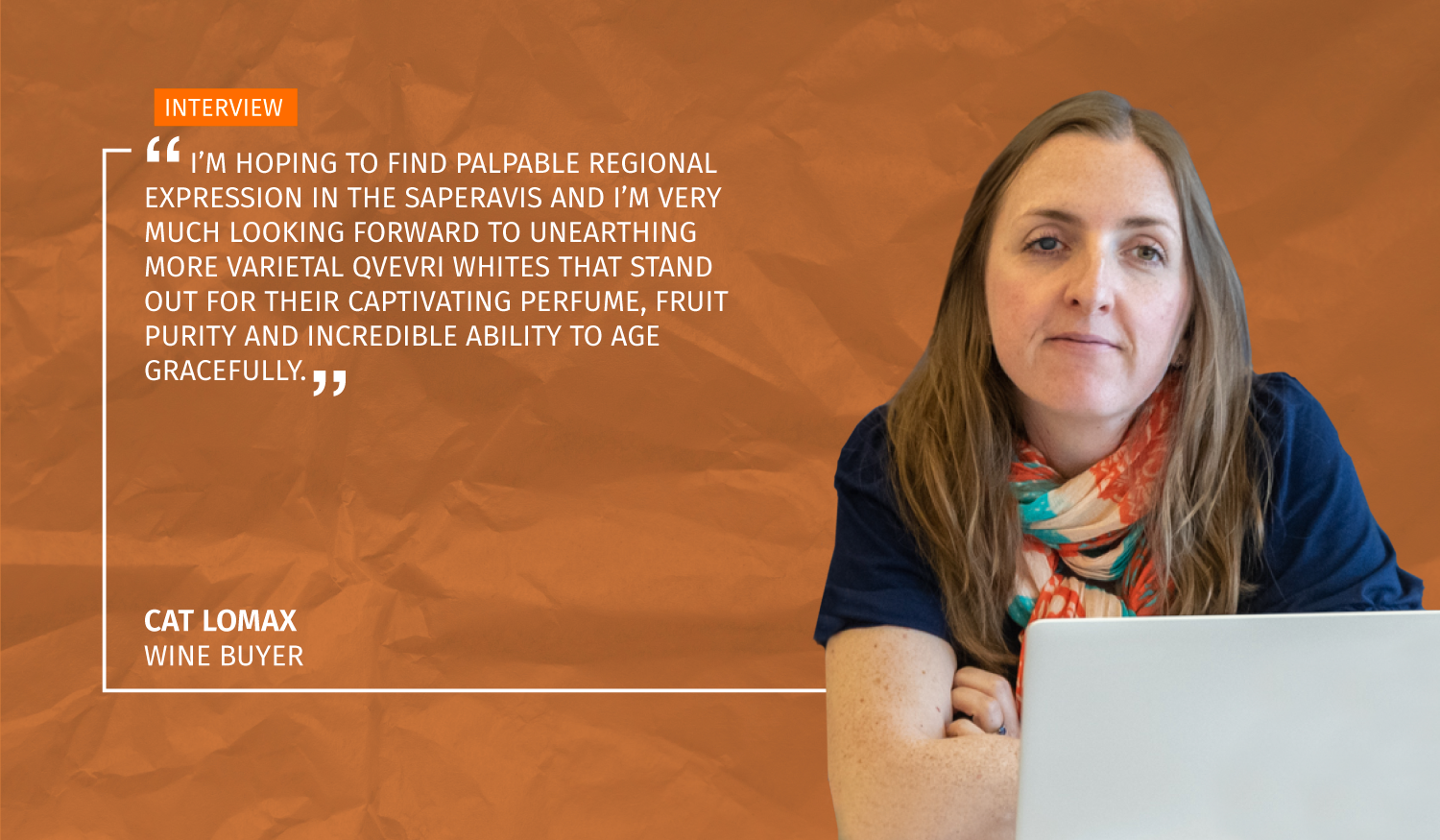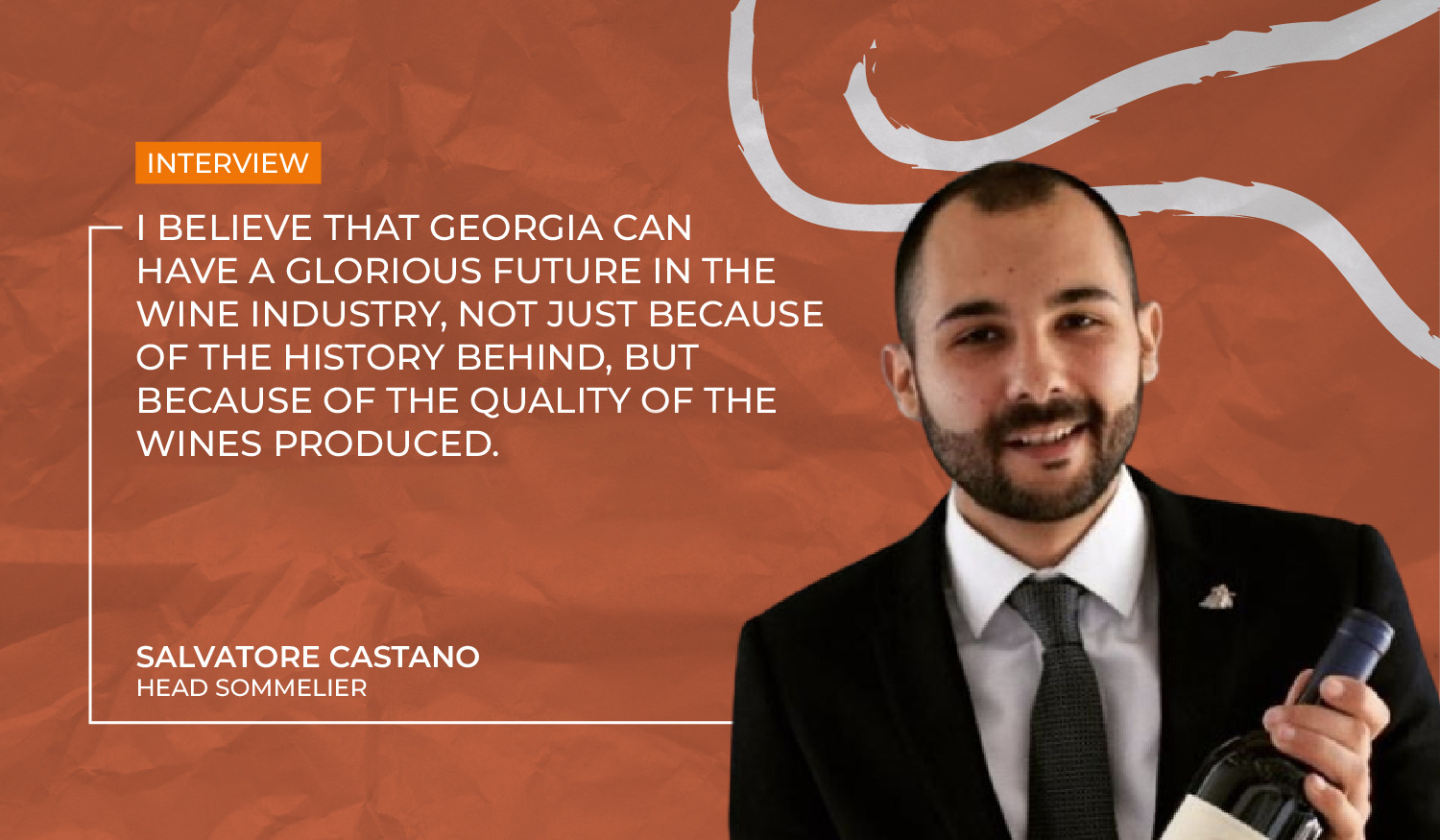Cat, you’ve held significant roles across various premium wine retailers in the UK. How have these varied experiences shaped your perspective on the wine industry, and what unique insights do you bring to the IWSC Wine Judging table?
Although I’ve held buying and senior trading roles for very different companies – with different aims, approaches and customer bases – the key to success has always been the same: to put aside my own personal wine preferences and to instead put myself in the shoes of the customer who is buying a particular wine or wine style. It is only by meeting, and ideally exceeding, a consumer’s expectations that you will win their trust and repeat custom. My perspective on the wine industry has therefore always been ‘customer-centric’ – I strive to keep my personal opinions and tastes out of the equation, and to focus solely on what will delight the customer. This means that, when I’m judging for the IWSC, my foremost concern is whether the wine in the glass lives up to customer expectations. I do this in three main ways: firstly, by assessing whether a wine is clean, well-made and technically correct (faulty wines are immediately disappointing for a customer); secondly, by assessing whether or not a wine reflects the character of the main grape variety, the country of origin or the region in question; and finally, by considering the wine in relation to the IWSC scoring matrix (does the wine meet the standard set for bronze, silver or gold medal wines?) Ultimately, my aim is to ensure that when a customer purchases a wine with an IWSC medal, they are rewarded with a clean, well-made wine that is clearly expressive of a grape/ an origin, and that upholds the relevant quality standard from the IWSC.
Returning as a judge for the IWSC Wine Judging in Georgia, what stood out to you about the Georgian wines you evaluated last year, and what are your anticipations for this year’s selection?
Last year, I was really impressed by the sheer breadth of wine styles and grape varieties that Georgia has to offer. My tasting experience at that point in time had mostly been limited to Saperavi and non-varietal specific amber wines, so it was fantastic to discover a whole new world of grape varieties and flavours (this genuinely doesn’t happen very often after so many years as a buyer!) I also had to completely re-evaluate my understanding of ‘orange’ wines during last year’s IWSC Wine Judging, as the qvevri wines I encountered were so different from many skin-contact and ‘orange’ wines that are available in bars and restaurants here in the UK. Before arriving in Georgia, it had been my experience that a high proportion of ‘orange’ wines show overt faults such as oxidation and brett – meaning they are a challenging proposition for many UK consumers. However, the best amber wines I tasted last year had an incredible purity and expressed nothing beyond the aromas of a grape variety, enhanced by ageing in qvevri. To me, these are poles apart from many ‘orange’ wines available in the UK, which is why I now choose to distinguish them by using the term ‘amber’. When it comes to this year’s judging, and after a further trip to Georgia in September this year, I’m hoping to find palpable regional expression in the Saperavis and I’m very much looking forward to unearthing more varietal qvevri whites that stand out for their captivating perfume, fruit purity and incredible ability to age gracefully.
With your deep understanding of the UK’s most important wine retailers, how do you perceive the current trends and consumer preferences in the UK wine market, and where do Georgian wines fit into this landscape?
There are a number of key trends in the UK wine market that have direct relevance to Georgian wine, but there are two that I believe represent the largest commercial opportunities. The first of these trends is the unprecedented and continued growth of Argentinean Malbec. Broadly speaking, the Malbecs that are succeeding in the UK right now have a similar flavour profile to Georgian Saperavi: they are deep in colour, full-bodied, full of bright bramble fruit, have a measured tannic grip and have a savoury, lightly spiced edge. This being the case, there is no reason that Saperavi couldn’t find its own, highly successful niche here in the UK. The second trend is that there is an increased interest in indigenous grape varieties and highly regional wines. This can be seen most clearly in the Italian ranges on the shelves of major retailers. Several years ago, large-scale retailers gave international varietals (Merlot, Chardonnay, Shiraz) from Sicily a significant amount of shelf-space. Now, however, those listings have been replaced by indigenous grape varieties such as Pecorino, Primitivo, Negroamaro and Nero d’Avola, and highly regional wines such as Lugana, Greco di Tufo and Etna Rosso. This is great news for Georgia, as the UK consumer is interested in wines that have a strong point of difference – whether this is a unique flavour profile or an ‘undiscovered’ origin.
Your track record highlights a strong emphasis on consumer-focused product and brand development. How do you ensure you remain attuned to evolving consumer preferences, and how does this inform your judgments?
There are many ways that I keep up to date with evolving customer preferences: I undertake regular and highly detailed store visits to each major player in the UK wine market to track new product launches, label trends, pricing strategy and promotional activity; I read trade and consumer press articles about all aspects of the wine business; I spend a significant number of days judging at wine competitions every year; and I attend trade tastings and wine fairs, tasting wines but also speaking with producers and trade contacts about the latest developments and consumer behaviour. As a result, I keep my finger on the pulse in terms of customer preferences – I understand what it is that UK consumers are looking for when they purchase a given style of wine. As outlined previously, customer expectations are my start point when thinking about wine, and when I’m judging at the IWSC, so everything I do to keep myself updated with the changing face of consumer preferences has a direct impact on the judgements I make for the IWSC.
Georgia has a rich tapestry of indigenous grape varieties. From your judging experience last year, are there any specific varieties that you believe have significant untapped potential in the UK market?
As outlined previously, I think that Saperavi has strong commercial potential in the UK market. Stylistically, this grape variety can be very similar to Argentinean Malbec, which has been enjoying unprecedented commercial success for a number of years now. I am therefore certain that UK consumers would find much to love when it comes to Georgia’s main red varietal. With careful management of skin contact, I think there could also be potential for Rkatsiteli. However, much would need to be done from a marketing perspective to make this grape variety both approachable and memorable (UK consumers really struggle with names that are hard to pronounce, and Rkatsiteli would definitely fall into this camp). In tastings, I’ve found unoaked Kisi and certain types of Mtsvane to have real commercial promise: lots of pretty, upfront fruit, good weight and texture and fresh acidity, without the tannic grip that can sometimes be found in Rkatsiteli. The major challenge here, of course, is that volumes are limited, meaning large-scale export is not currently within reach.


